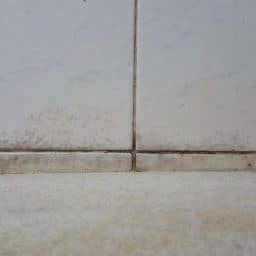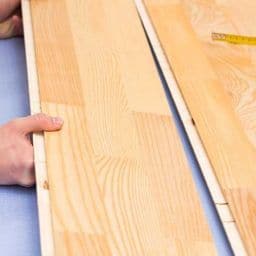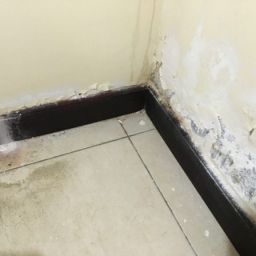
Local DIY Water Damage Restoration Tips
At some point it is likely you are going to have to deal with water damage to your home. 40% of homeowners throughout the US have had water damage to their home. Water damage is also the most common claim filed against homeowner’s insurance. The good news is HYDRADRY can bill your insurance directly, typically resulting in little to no money out of your pocket. What happens next when you do find water damage in your home? Here are some DIY Water Damage Restoration tips on what to do when you have water damage in your home before a restoration company responds or if the damage is small enough to clean up by yourself (DIY).
Find the Source of Water Intrusion
The first thing you need to do is figure out where the water is coming in from. This can be tricky depending on where the water damage is. For example, water damage ceilings can be difficult to identify exactly where the water is coming from, and if it’s a roof issue or not. If you can’t identify where the water source is coming from, you need to call a professional like HYDRADRY.
Turn Off Water Main & Electricity
Once you find the source of the water, if it is not an external source but in fact coming from your home (i.e. pipe), you should shut off the water source to help reduce additional damage caused by the water. If there are any electronics in the room or in the affected area, the electricity should be turned off or the electronics removed from the room.
Move Belongings/Valuables Away From Affected Area
Any personal items, furniture, and other contents in your home sitting in the water and the affected area should be moved. If you let your contents sit in the water it will cause secondary damage to the contents and may make them unsalvageable. A lot of times you have heavy furniture that can’t be moved, in this case, a restoration company like HYDRADRY would put the furniture on blocks to keep the contents off the ground and out of the water. If you can accomplish this yourself, great, otherwise you may need to call a professional. Also in many cases, you have cabinets and vanity’s that can’t be moved. You will need the help of a professional as well here to determine if the water is behind these items.
Remove The Water
Once the water source has been turned off and the contents have been removed, the next step if to remove the standing water. If you don’t have too much-standing water and not a large area affected, you might be able to get this completed with a shop vac. If you have more than a 100 square feet affected, you should consider calling a professional restoration company to help determine the spread of the water and aid in the cleanup process.
Get The Air Moving
Once the standing water has been removed, there are typically still wet building materials that need to be removed and/or dried in place. Otherwise, you may have mold growth. If you are handy and familiar with removing baseboards this will help, otherwise, call someone for help. At this stage, you may need some professional drying equipment and moisture detecting devices. However, while your box fans and dehumidifier can’t compete with the professional equipment that will soon occupy your home, they can certainly help. Place several fans throughout the affected area. This will help get the water granules into the air through evaporation. Running a dehumidifier will help remove this humidity from the air. This is a great start before the restoration company arrives at your home.
Give us a call for Water Damage Restoration
If you need professional help with the water extraction, give us a call 24/7 or fill out the form below for an immediate response
[contact-form-7 404 "Not Found"]








